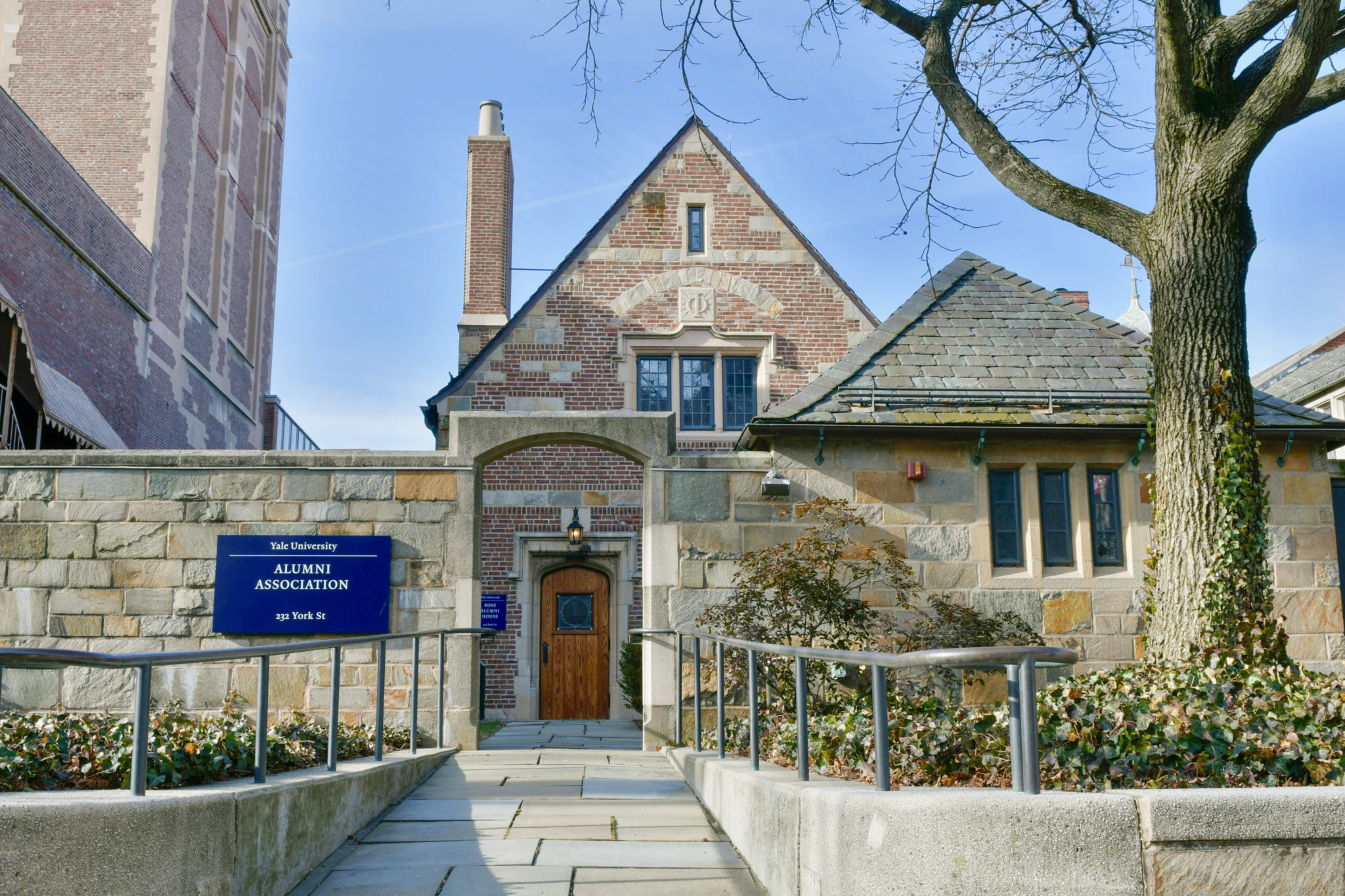
David Zheng
As Yale forges relationships with new donors to fuel its ongoing capital campaign, the University ranks among the lowest of its peer institutions in terms of average alumni-giving rate, according to the U.S. News & World Report.
The annual rankings, perennially rating Yale among the top five universities in the country, noted that the University’s average alumni giving rate is 28.3 percent. Among the Ivies, Stanford and the Massachusetts Institute of Technology, Yale ranked second-to-last, just above Cornell at 26.1 percent. Princeton has a rate of 59.1 percent, while Harvard’s mark is 33.1 percent. According to the U.S. News & World Report website, the ranking is “the average percentage of undergraduate alumni of record who donated money to the college or university.” The report argues that using the statistic in its “National University Rankings” algorithm is an apt measurement because it serves as a “proxy” for student satisfaction with the school.
“As a university, we are definitely interested in engaging alumni in all ways including through their gifts to Yale and indeed want to see a larger percentage of our alumni making gifts,” said Joan O’Neill, Yale’s vice president for alumni affairs and development. “Gifts from alumni are extremely important and support much that we accomplish at Yale, including the ability to offer generous financial aid packages.”
Still, O’Neill cautioned that the metric may not be the “most important way to gauge alumni engagement.” She explained that there are “tens of thousands” of alumni worldwide who annually participate in Yale activities.
The U.S. News & World Report rankings define alumni as former part- or full-time students that received an undergraduate degree and for whom the college maintains a current address. The rate is calculated by dividing the number of donors during an academic year by the number of alumni for that same year. The two most recent years with data available — the 2015–2016 and 2016–2017 academic years — were calculated separately and averaged.
In 2018, Sue Cunningham, president and CEO of the Council for Advancement and Support of Education, wrote an Inside Higher Ed piece that argued that U.S. News’ use of alumni giving is “deeply flawed” and “encourage[s] a profoundly limited view of the positive impact of alumni relations.” Her organization helps over 3,700 schools, colleges and universities worldwide develop their alumni relations, communications, fundraising and marketing operations.
O’Neill said that she is “surprised and delighted” to speak to alumni who participate in many volunteer leadership positions and work to “engage and include” other University graduates in Yale events happening in their community.
“Yale has one of the strongest alumni networks in the world, and giving is only one piece of how they may be engaged with the university,” she said. “Loyalty is not always measured monetarily — the gifts of time, talent and treasure from Yale alumni are all supremely important to our community.”
O’Neill explained that in a 2017 survey, 93 percent of Yale alumni said they would “definitely” or “probably” recommend Yale to a prospective student.
Still, some alumni see the ranking as indicative of larger trends. Jon Rose ’63, a former chairman of the News who served on the Yale Alumni Association Board of Governors, said that he “was not surprised by the results.” He said that after World War II, universities were confronted with challenges arising from “increased federal involvement and dramatic demographic change in student populations.”
Rose explained that, when faced with these challenges, some smaller colleges and other universities emphasized the undergraduate experience as a “primary mission and the seamless transition to engaged alumni status as central to it.”
“In the same postwar period, Yale and other major universities have tended to focus more on growing their endowments and developing a pool of potential major donors as opposed to cultivating a body of committed alumni,” Rose said. “When Yale contemplated the option of an enhanced alumni role once during the Vietnam-Brewster era and again at the end of the Levin era, it opted for instead for the bureaucratic comfort of the current structure and effort level. The result of that choice speaks for itself.”
When asked for comment, Director of the Yale Alumni Association J. Weili Cheng ’77 referred the News to the Office of Development, saying her work does not involve giving.
The 2019 U.S. News & World Report ranks Yale as tied for third-best national university, behind both Princeton and Harvard. Yale is tied with Columbia, MIT and the University of Chicago.
Skakel McCooey | skakel.mccooey@yale.edu







